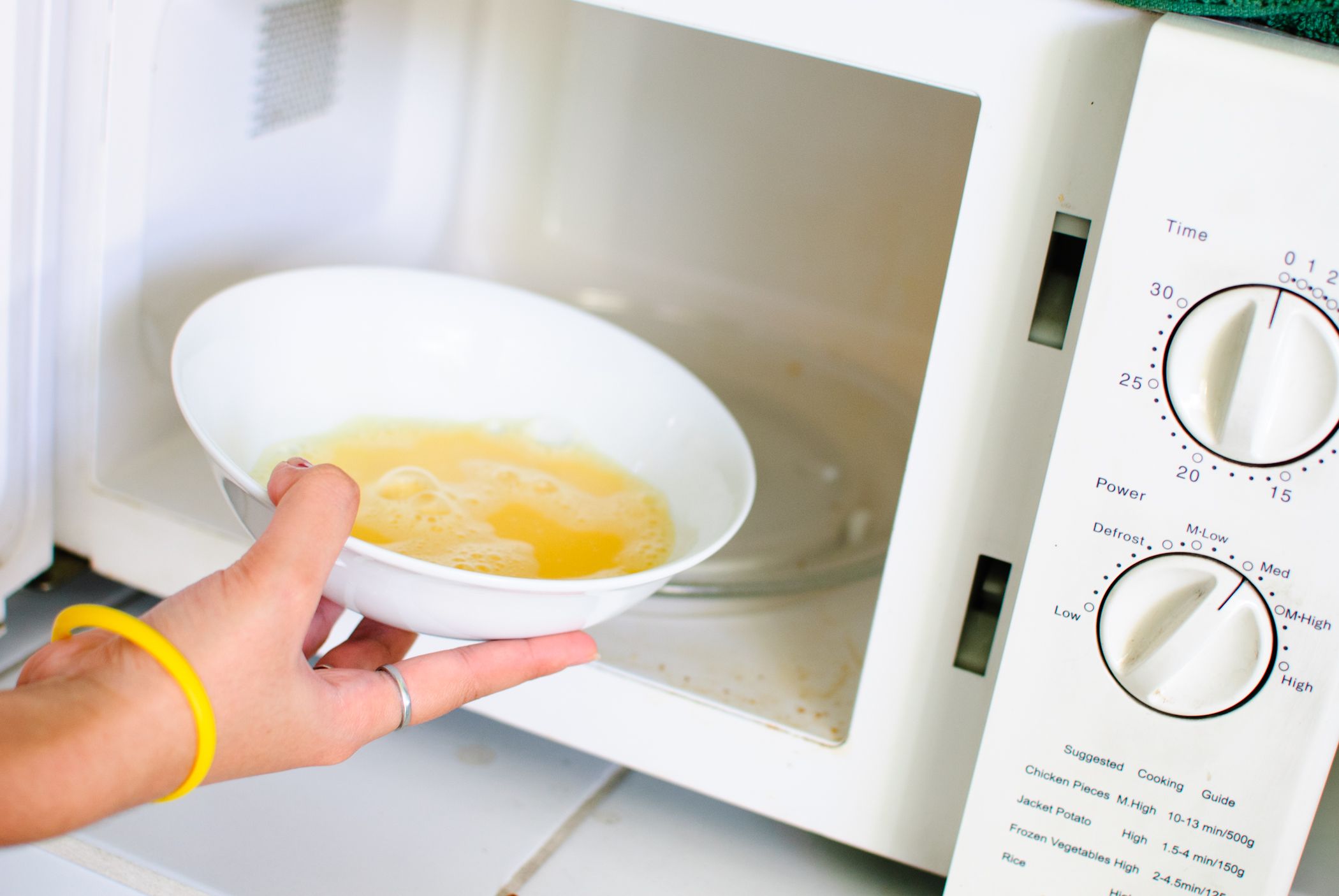

Articles
How To Cook Eggs In The Microwave Oven
Modified: January 5, 2024
Learn how to cook eggs in the microwave oven with this informative article. Find helpful tips and tricks for perfectly cooked eggs every time.
(Many of the links in this article redirect to a specific reviewed product. Your purchase of these products through affiliate links helps to generate commission for Storables.com, at no extra cost. Learn more)
Introduction
Welcome to the ultimate guide on how to cook eggs in the microwave oven! Eggs are a versatile and delicious ingredient that can be enjoyed in various forms, from scrambled and fried to poached and boiled. In this article, we will explore the different methods of cooking eggs in the microwave oven, providing you with easy and convenient ways to prepare a quick and satisfying meal or snack. Whether you’re a busy professional, a student in a dormitory, or simply looking to simplify your cooking process, using the microwave oven to cook eggs is a game-changer.
Before diving into the different cooking methods, it’s important to note that safety should always come first. Microwaves heat food through radiation, and when it comes to cooking eggs, proper precautions must be taken to avoid any accidents or explosions. So, let’s start by discussing some essential safety measures when cooking eggs in the microwave oven.
Key Takeaways:
- Quick and Safe Microwave Egg Cooking
Cooking eggs in the microwave is convenient, but safety is key. Use microwave-safe containers, pierce eggshells, and avoid overcooking to enjoy quick and safe egg dishes. - Versatile Microwave Egg Recipes
From scrambled and fried to poached and boiled, the microwave offers a versatile way to cook eggs. Prepare delicious and satisfying egg dishes with ease and efficiency.
Read more: How Long To Boil Eggs In Microwave Oven
Safety Precautions
Cooking eggs in the microwave oven can be quick and convenient, but it’s important to follow these safety precautions to ensure a safe cooking experience:
- Use microwave-safe containers: When cooking eggs in the microwave, always use dishes or containers that are labeled as microwave-safe. Avoid using metal or foil containers, as they can cause sparks or fires in the microwave.
- Pierce the eggshell: If you’re cooking whole eggs in the microwave, it’s crucial to pierce the eggshell before cooking. This will prevent the eggs from exploding due to the build-up of steam inside. Use a fork or a specially designed egg piercer to make a small hole in the rounded end of the egg.
- Cover loosely with a microwave-safe lid or plastic wrap: To avoid splatters inside the microwave, cover the container loosely with a microwave-safe lid or place a microwave-safe plastic wrap over the dish. Make sure to leave a small vent or opening to allow steam to escape.
- Avoid overcooking: Overcooking eggs in the microwave can cause them to explode or become rubbery in texture. It’s important to keep a close eye on the cooking time and adjust it accordingly based on the wattage of your microwave oven.
- Be cautious of hot steam: When removing the egg dish from the microwave, be careful of the hot steam that can escape. Use oven mitts or a towel to protect your hands and avoid any burns.
- Let the eggs rest after cooking: After cooking eggs in the microwave, allow them to rest for a brief moment before handling or consuming. This helps distribute the heat evenly and reduces the risk of burns.
By following these safety precautions, you can enjoy cooking eggs in the microwave oven without any worries. Now, let’s move on to the next important aspect of microwave egg cooking – choosing the right microwave-safe dish.
Choosing the Right Microwave-Safe Dish
When it comes to cooking eggs in the microwave oven, using the right dish is essential for safe and efficient cooking. Here are a few considerations to keep in mind when selecting a microwave-safe dish:
- Material: Opt for microwave-safe dishes made of glass, ceramic, or microwave-safe plastic. These materials are able to withstand the heat generated in the microwave without causing any damage or releasing toxic chemicals.
- Size and shape: Choose a dish that is large enough to comfortably hold the eggs and provide some space for expansion as they cook. Avoid using dishes that are too small, as this can lead to spills or uneven cooking.
- Cover: Look for a dish that comes with a microwave-safe lid or can be covered with microwave-safe plastic wrap. A cover helps to retain moisture and prevent splattering.
- Ventilation: If using plastic wrap to cover the dish, make sure to create a small vent or opening to allow steam to escape. This helps to prevent excess pressure from building up and causing the eggs to explode.
- Stability: Ensure that the dish is stable and won’t tip over when placed in the microwave. This is especially important when cooking eggs that require stirring or flipping.
It’s worth noting that while some containers marketed as microwave-safe may be suitable for reheating or defrosting, they may not be designed for cooking eggs. It’s best to choose dishes specifically labeled as microwave-safe for cooking purposes.
Having the right microwave-safe dish will not only ensure the safety of your cooking process but also help achieve optimal results. Now that you have the perfect dish in hand, let’s move on to the next step – preparing the eggs!
Preparing the Eggs
Before diving into the various methods of cooking eggs in the microwave oven, it’s important to know how to properly prepare the eggs for cooking. Here are a few steps to follow:
- Crack the eggs into a bowl: Start by cracking the desired number of eggs into a microwave-safe bowl. If you’re planning to cook them as a whole, make sure to pierce the eggshells with a fork or egg piercer to prevent them from exploding.
- Add seasonings and mix-ins: If desired, you can add seasonings such as salt, pepper, herbs, or spices to the beaten eggs. Additionally, you can incorporate mix-ins like chopped vegetables, cheese, or cooked meats to enhance the flavor and texture of your dish.
- Beat the eggs: Use a fork or whisk to beat the eggs until the yolks and whites are well combined. You want the mixture to be smooth and homogeneous.
- Adjust the consistency: Depending on the cooking method you plan to use, you may need to adjust the consistency of the beaten eggs. For example, if you prefer a fluffier texture, you can add a splash of milk or cream and whisk it in.
- Grease the dish: To prevent the eggs from sticking to the dish, lightly grease it with cooking spray or a small amount of butter. This will make it easier to remove the cooked eggs later on.
By following these preparation steps, you’ll be ready to cook your eggs using any of the microwave methods mentioned in the subsequent sections. From scrambled and fried eggs to poached and boiled eggs, the microwave offers a quick and convenient way to prepare a variety of delicious egg dishes. So, let’s get started with the first method – cooking scrambled eggs in the microwave oven!
Scrambled Eggs
Scrambled eggs are a classic breakfast favorite, and you can easily make them in the microwave oven. Here’s a step-by-step guide to cooking scrambled eggs:
- Prepare the eggs: Crack the desired number of eggs into a microwave-safe bowl. Pierce the egg yolks with a fork and beat the eggs until well combined.
- Add seasonings and mix-ins: Season the eggs with salt, pepper, or any other desired spices. You can also add mix-ins like chopped vegetables, shredded cheese, or cooked meats.
- Cook in intervals: Microwave the eggs on high power for 30 seconds, then remove and stir. Repeat this process in 30-second intervals, stirring after each interval, until the eggs are almost set but still slightly moist.
- Rest and stir: Let the eggs rest in the microwave for about 30 seconds to allow them to finish cooking. Then, use a fork or spoon to gently stir the eggs, breaking up any large curds and ensuring even cooking.
- Continue cooking if necessary: If the eggs are not fully cooked, microwave them for an additional 10-15 seconds, checking for doneness after each interval. Be careful not to overcook them, as they can become dry and rubbery.
- Season and serve: Once the scrambled eggs are cooked to your desired consistency, season them with additional salt, pepper, or any preferred seasonings. Serve them hot and enjoy!
Scrambled eggs cooked in the microwave oven offer a quick and fuss-free way to enjoy a satisfying breakfast. You can serve them on their own, with toast, or as part of a breakfast wrap or sandwich. Now that you’ve mastered cooking scrambled eggs, let’s move on to the next method – frying eggs in the microwave oven!
Read more: How To Cook Bacon In A Microwave Oven
Fried Eggs
If you’re in the mood for a sunny-side-up or over-easy fried egg, you can easily achieve that in the microwave oven. Follow these steps to cook fried eggs in the microwave:
- Grease the dish: Start by lightly greasing a microwave-safe dish with cooking spray or a small amount of butter. This will prevent the fried egg from sticking to the dish.
- Crack the eggs: Gently crack one or two eggs into the greased dish, being careful not to break the yolks.
- Pierce the yolks: Use a fork or toothpick to gently pierce the egg yolks. This will prevent the yolks from exploding during the cooking process.
- Cover and cook: Place a microwave-safe cover or microwave-safe plastic wrap over the dish, leaving a small opening for steam to escape. Microwave the eggs on high power for about 1 minute for a sunny-side-up egg, or 1-2 minutes for over-easy, depending on your desired level of doneness. Adjust the cooking time based on the wattage of your microwave.
- Check for doneness: Carefully remove the dish from the microwave, keeping in mind that it will be hot. Check the eggs for your preferred level of yolk and white consistency. If needed, you can microwave for an additional 10-15 seconds to reach the desired doneness.
- Season and serve: Once the fried eggs are cooked to your liking, season them with salt, pepper, or any other desired seasonings. Serve them hot as a standalone dish or as a delicious topping for toast, rice, or salad.
Fried eggs cooked in the microwave are a quick and convenient way to enjoy a runny yolk or a fully cooked white. They make a great addition to any breakfast or brunch, and can even be enjoyed for a light lunch or dinner. Now that you know how to fry eggs in the microwave oven, let’s move on to the next method – cooking poached eggs!
Be sure to pierce the yolk of the egg before microwaving to prevent it from exploding. Use a microwave-safe dish and cover with a microwave-safe lid or plastic wrap to trap steam and cook the egg evenly.
Poached Eggs
Poached eggs are a delicious and healthy option for breakfast or brunch, and you can achieve perfectly poached eggs using your microwave oven. Here’s how to cook poached eggs in the microwave:
- Fill a microwave-safe bowl with water: Start by filling a microwave-safe bowl with about 1/2 to 3/4 cup of water. The bowl should be deep enough that the water covers the eggs when they are submerged.
- Crack the eggs directly into the water: Carefully crack one egg at a time directly into the water-filled bowl. Be gentle to keep the egg intact.
- Pierce the egg yolks: Use a fork or toothpick to gently pierce the egg yolks. This helps prevent the eggs from exploding during the cooking process.
- Cover the bowl: Place a microwave-safe cover or microwave-safe plate over the bowl. This helps trap the steam and creates a gentle cooking environment for the eggs.
- Microwave on low power: Set the microwave to low power or around 30% power. Microwave the eggs for 1-2 minutes, checking every 30 seconds to monitor their cooking progress.
- Check for doneness: Remove the bowl from the microwave using oven mitts or a towel, as it will be hot. Gently shake the bowl to see if the whites have set, and the yolks are still slightly runny. If needed, you can continue to microwave in short intervals until the eggs reach your desired level of doneness.
- Remove the poached eggs: Using a slotted spoon, carefully lift the poached eggs from the water, allowing any excess water to drain back into the bowl.
- Season and serve: Season the poached eggs with salt, pepper, or any other desired seasonings. Serve them on toast, English muffins, or on top of a salad for a nutritious and satisfying meal.
Poached eggs cooked in the microwave oven are a great option when you want perfectly cooked eggs without the hassle of a stovetop water bath. They can be a delicious addition to breakfast, brunch, or even a light dinner. Now that you’ve mastered poached eggs, let’s move on to the next method – cooking hard-boiled eggs!
Hard-Boiled Eggs
Hard-boiled eggs are a versatile and nutritious snack or ingredient that can be enjoyed on its own, used in salads, or as a topping for various dishes. Here’s how to cook perfect hard-boiled eggs in the microwave:
- Place the eggs in a microwave-safe bowl: Start by placing the desired number of eggs in a microwave-safe bowl. Make sure the eggs are in a single layer and not stacked on top of each other.
- Add water: Pour about 1/2 inch of water into the bowl, ensuring that the water covers the eggs.
- Cover the bowl: Use a microwave-safe plate or microwave-safe plastic wrap to cover the bowl. This helps retain the steam and heat, allowing the eggs to cook evenly.
- Microwave on high power: Microwave the eggs on high power for 4-6 minutes, depending on the wattage of your microwave and how well-done you prefer your hard-boiled eggs. Start with 4 minutes and adjust the cooking time as needed.
- Allow the eggs to rest: Once the microwave cooking time is complete, leave the eggs in the covered bowl for about 2 minutes. This helps the residual heat continue to cook the eggs and makes them easier to handle.
- Cool and peel: After the resting time, carefully remove the cover and transfer the eggs to a bowl of ice water. Let them sit in the ice water for a few minutes to cool and stop the cooking process. Then, gently tap the eggs on a hard surface and peel off the shells.
- Season and serve: Once the hard-boiled eggs are peeled, they are ready to be seasoned with salt, pepper, or any other desired seasonings. Enjoy them as a snack, in salads, or use them in your favorite egg-based dishes.
With this simple microwave method, you can have perfectly cooked, hard-boiled eggs in minutes. This is a great option for those times when you need boiled eggs but don’t want to wait for a pot of water to boil on the stove. Now that you know how to make hard-boiled eggs, let’s move on to the next method – cooking soft-boiled eggs.
Soft-Boiled Eggs
Soft-boiled eggs with their creamy yolks and firm whites are a delicious addition to breakfast or as a topping for salads, noodles, or toast. Here’s how to cook soft-boiled eggs in the microwave:
- Place the eggs in a microwave-safe bowl: Start by placing the desired number of eggs in a microwave-safe bowl. Ensure the eggs are in a single layer and not stacked on top of each other.
- Add water: Pour about 1/2 inch of water into the bowl, making sure that the water covers the eggs.
- Cover the bowl: Use a microwave-safe plate or microwave-safe plastic wrap to cover the bowl. This helps retain the steam and heat, creating the perfect environment for cooking soft-boiled eggs.
- Microwave on high power: Microwave the eggs on high power for 2-3 minutes, adjusting the cooking time based on the wattage of your microwave and how soft or firm you want your eggs.
- Allow the eggs to rest: Once the microwave cooking time is complete, leave the eggs in the covered bowl for about 1-2 minutes to rest. This helps the residual heat to continue cooking the eggs and ensures a consistent result.
- Cool and peel: Carefully remove the cover and transfer the eggs to a bowl of cold water or gently run them under cold water. This will cool the eggs and make them easier to handle. Pat them dry with a paper towel and gently tap the eggs on a hard surface to crack the shells. Peel off the shells.
- Season and serve: Once peeled, season the soft-boiled eggs with salt, pepper, or any desired seasonings. Serve them immediately with toast, sprinkle them over salads, or enjoy them as a nutritious snack.
With this microwave method, you can have perfectly cooked, soft-boiled eggs in no time. The cooking time may vary based on the wattage of your microwave and your preferred level of doneness, so adjust accordingly. Now that you know how to make soft-boiled eggs, let’s move on to the next method – cooking omelettes in the microwave.
Read more: How To Preheat Microwave Oven
Omelette
Omelettes are a versatile and delicious dish that can be enjoyed for breakfast, lunch, or dinner. Making an omelette in the microwave is quick and easy. Here’s a step-by-step guide:
- Prepare the eggs: Crack two or three eggs into a microwave-safe bowl. Beat the eggs until well mixed, and season with salt, pepper, or any desired herbs or spices.
- Add mix-ins: Customize your omelette by adding your favorite mix-ins, such as diced vegetables, cooked meats, cheese, or herbs. Stir the mix-ins into the beaten eggs.
- Cook in intervals: Microwave the egg mixture on medium power for 1 minute, then remove and stir gently. Continue microwaving in 1-minute intervals, stirring each time, until the eggs are mostly set but still slightly runny.
- Add cheese: If desired, sprinkle shredded cheese over the partially cooked omelette. Microwave for an additional 30 seconds to melt the cheese and finish cooking the omelette.
- Roll or fold: Carefully remove the omelette from the microwave and fold it in half or roll it up. This helps create the classic omelette shape.
- Rest and serve: Let the omelette rest for a minute or two to finish cooking and allow the flavors to meld. Serve hot and enjoy your homemade microwave omelette!
Making an omelette in the microwave is a time-saving and mess-free method. You can easily customize it with your favorite ingredients, creating a delicious and satisfying meal in just a few minutes. Now that you know how to make a microwave omelette, let’s move on to the next section – cleaning the microwave.
Cleaning the Microwave
After cooking eggs in the microwave, it’s essential to keep your microwave clean and free of lingering odors. Here are some steps to effectively clean your microwave:
- Wipe down the interior: Start by using a damp cloth or sponge to wipe down the inside of the microwave, removing any food splatters or residue. If there are stubborn stains or dried-on food, create a mixture of equal parts water and vinegar. Dip the cloth or sponge into the solution and scrub gently.
- Deodorize with lemon: To eliminate any lingering odors, cut a lemon in half. Squeeze the juice into a microwave-safe bowl and add the lemon halves to the bowl as well. Microwave the bowl on high power for 1-2 minutes until the lemon juice boils and steams. The steam will help loosen any grime and leave a fresh citrus scent in the microwave.
- Wipe down the exterior: Don’t forget to clean the exterior of your microwave as well. Use a damp cloth or sponge to wipe away any dust or fingerprints from the surface. Dry it with a clean cloth for a polished finish.
- Clean the microwave turntable: If your microwave has a removable turntable or glass plate, take it out and wash it with warm, soapy water. Dry it thoroughly before placing it back into the microwave.
- Regular maintenance: To avoid buildup, it’s a good idea to wipe down the interior of the microwave after each use. This will help prevent stains and make the cleaning process easier in the long run.
By following these cleaning tips, you can maintain a clean and odor-free microwave, ready for your next cooking adventure. It’s important to prioritize safety and cleanliness in the kitchen to ensure healthy and enjoyable meals. With that said, let’s wrap up this guide on cooking eggs in the microwave.
Conclusion
Cooking eggs in the microwave oven provides a quick, convenient, and efficient way to enjoy a variety of egg dishes. Whether you crave scrambled eggs, fried eggs, poached eggs, hard-boiled eggs, soft-boiled eggs, or omelettes, the microwave oven offers a versatile and time-saving solution in the kitchen.
Throughout this comprehensive guide, we’ve discussed the necessary safety precautions to take when cooking eggs in the microwave, the importance of choosing the right microwave-safe dish, and how to properly prepare the eggs for cooking. We’ve explored various cooking methods, including scrambling, frying, poaching, boiling, and making omelettes, each with its own unique steps and tips to achieve the best results.
Furthermore, we’ve emphasized the importance of cleaning the microwave oven to maintain hygiene and eliminate any lingering odors after cooking eggs. Regular maintenance and a simple cleaning routine will keep your microwave in excellent condition for future cooking endeavors.
By incorporating these tips and techniques into your cooking routine, you can confidently cook eggs in the microwave oven, saving time and enjoying delicious egg dishes whenever you desire. So, pull out your microwave-safe dishes, crack some eggs, and start experimenting with different cooking methods to create a variety of flavorful meals!
Remember, cooking should always be an enjoyable and safe experience. Be mindful of the safety precautions, use microwave-safe dishes, and never leave the microwave unattended while cooking. With these guidelines in mind, you can explore the world of microwave egg cooking and impress yourself and others with your culinary skills.
So go ahead, embrace the convenience of the microwave oven, and enjoy the versatility and deliciousness of eggs prepared in this quick and efficient manner. Happy cooking!
Frequently Asked Questions about How To Cook Eggs In The Microwave Oven
Was this page helpful?
At Storables.com, we guarantee accurate and reliable information. Our content, validated by Expert Board Contributors, is crafted following stringent Editorial Policies. We're committed to providing you with well-researched, expert-backed insights for all your informational needs.
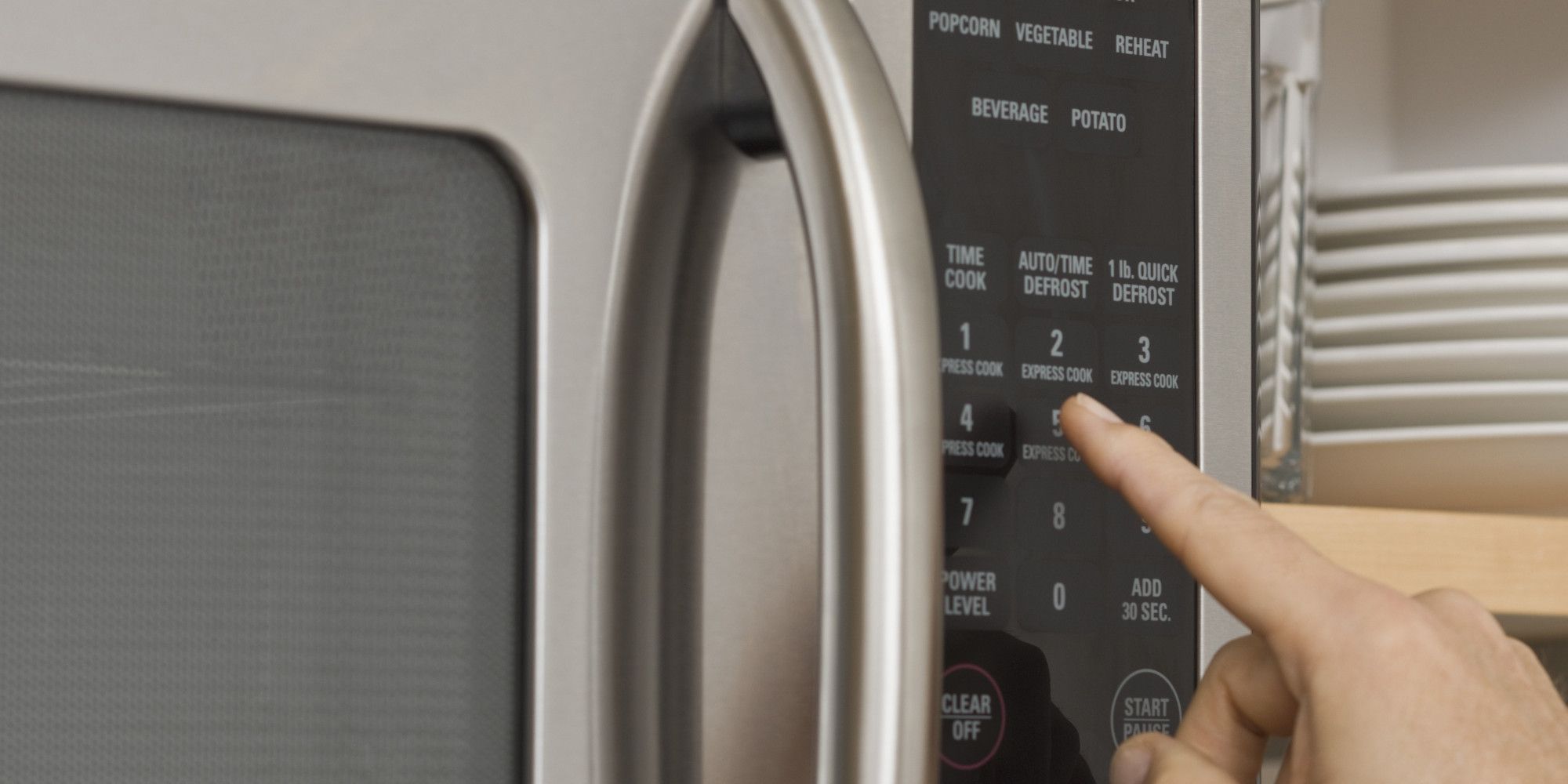
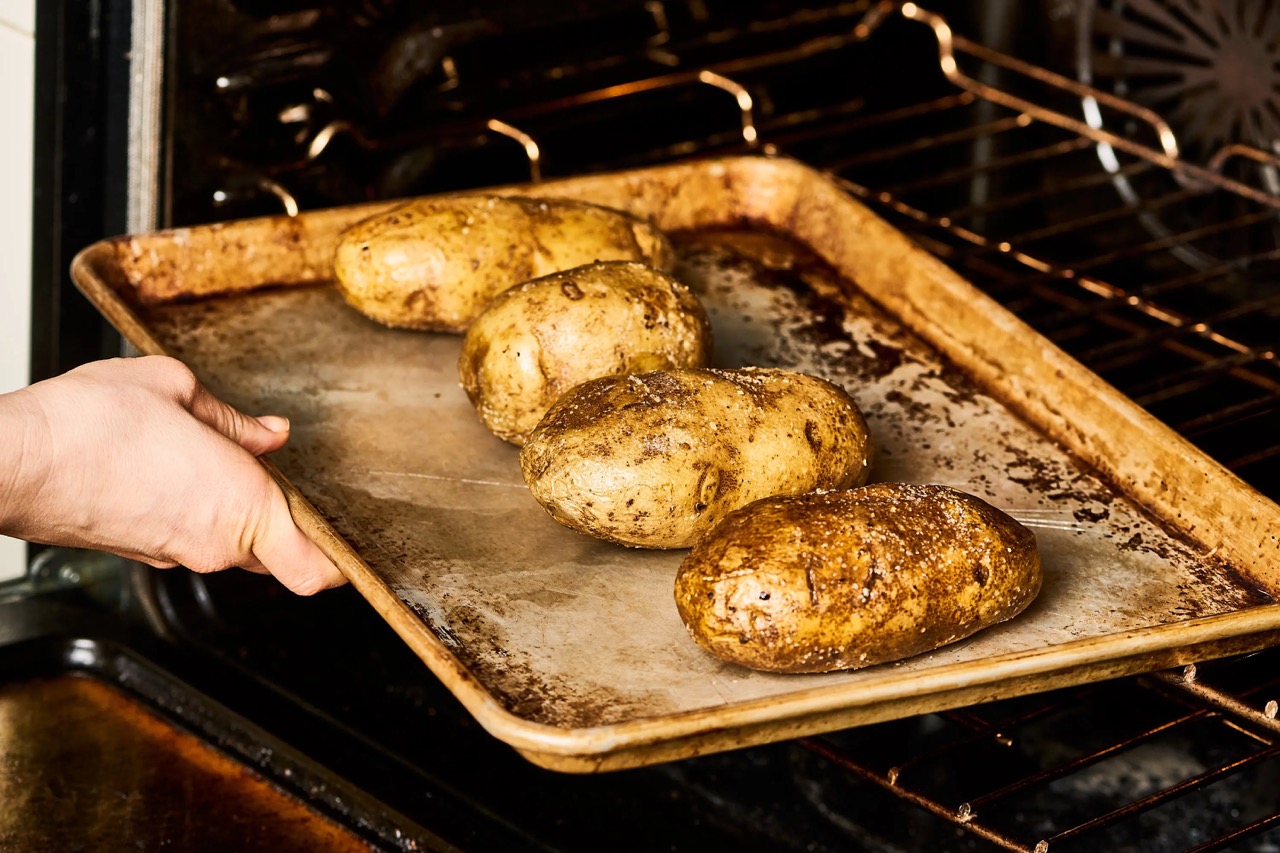
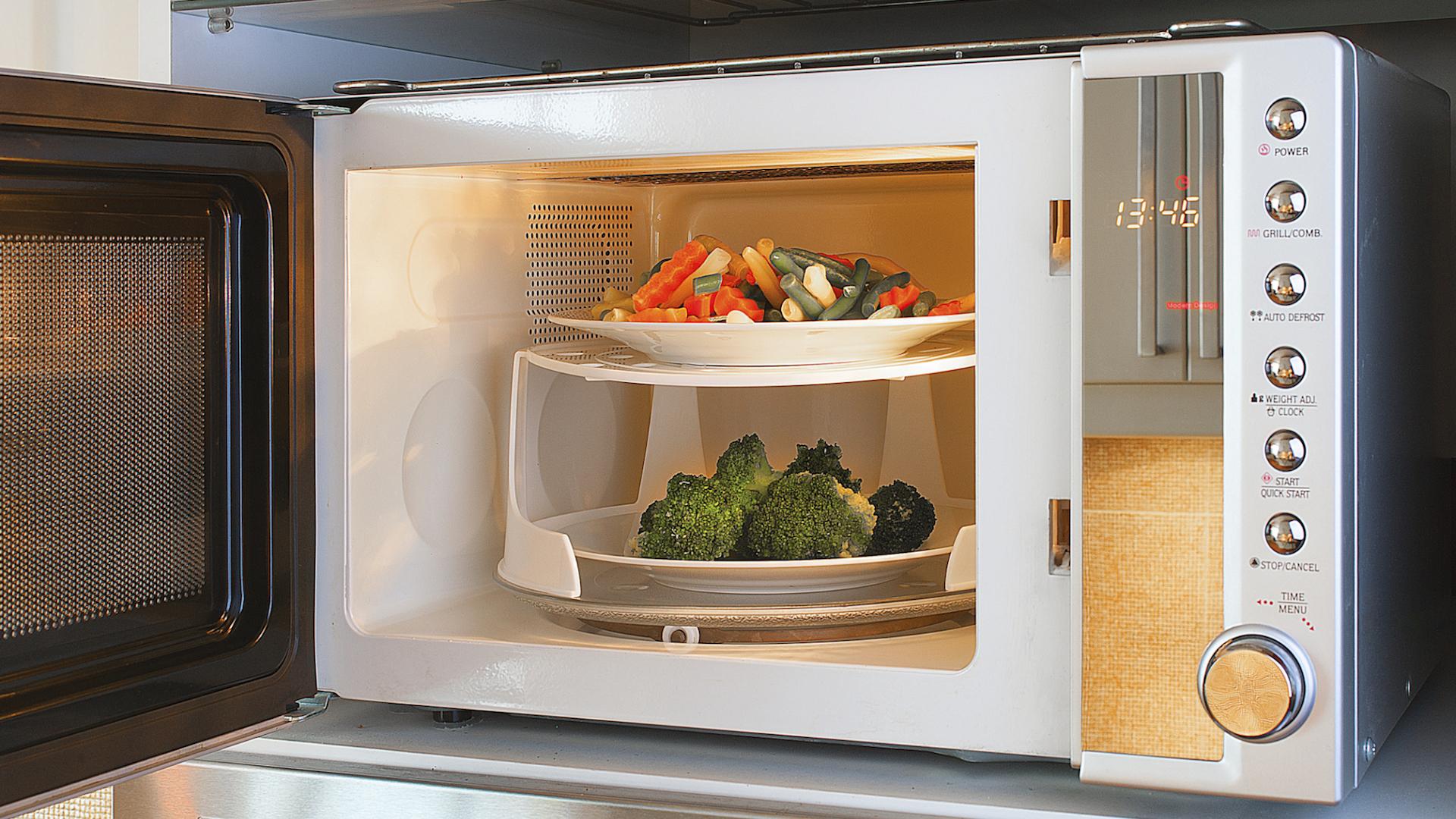
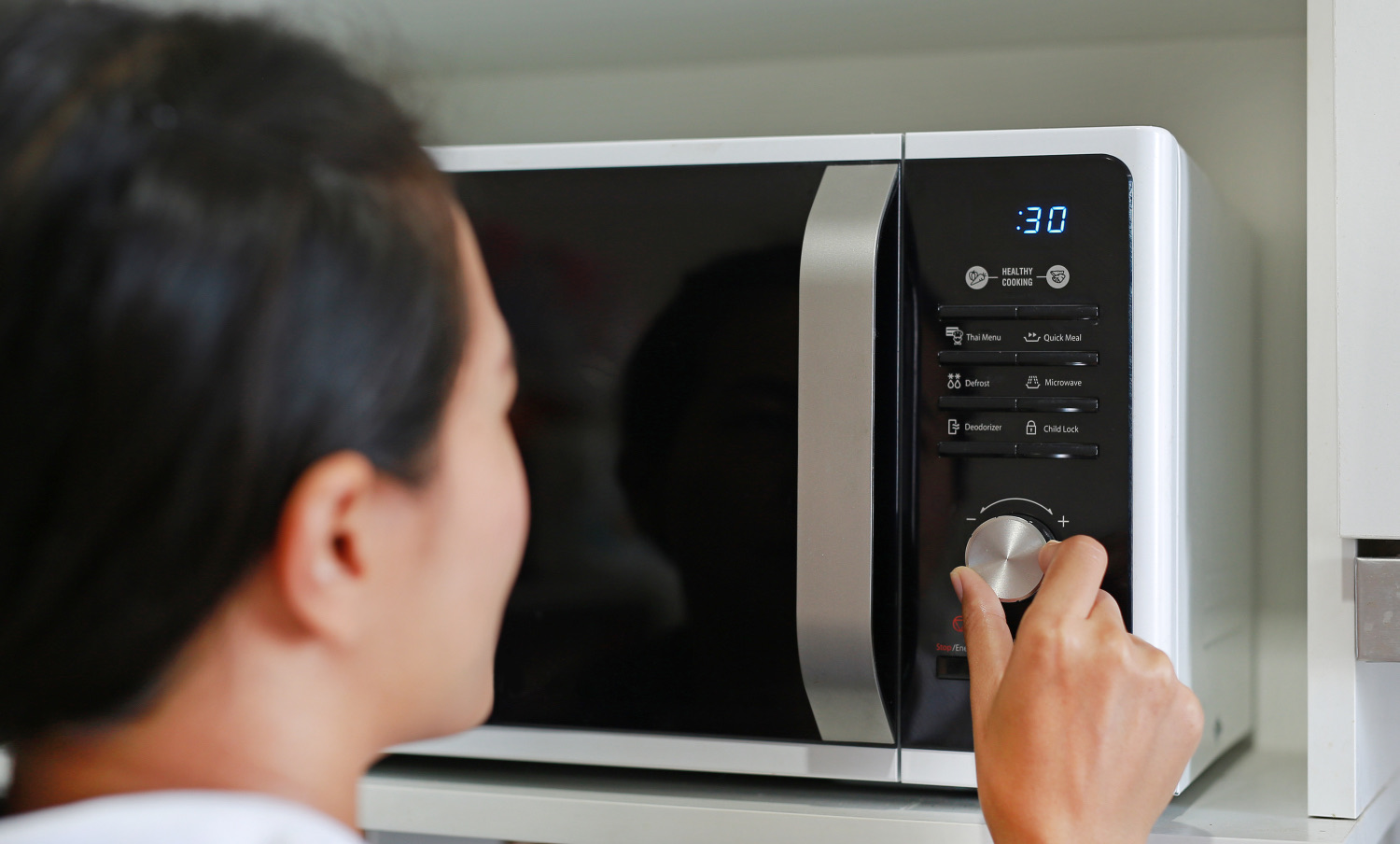
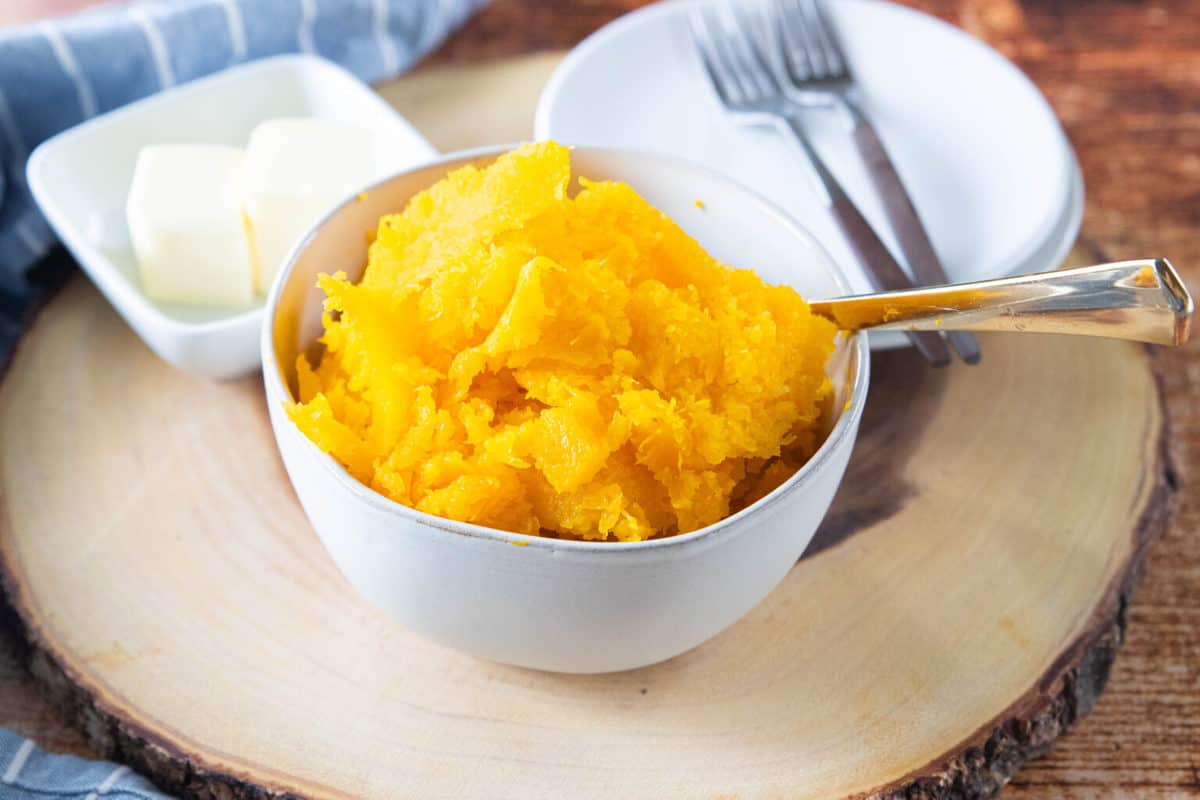
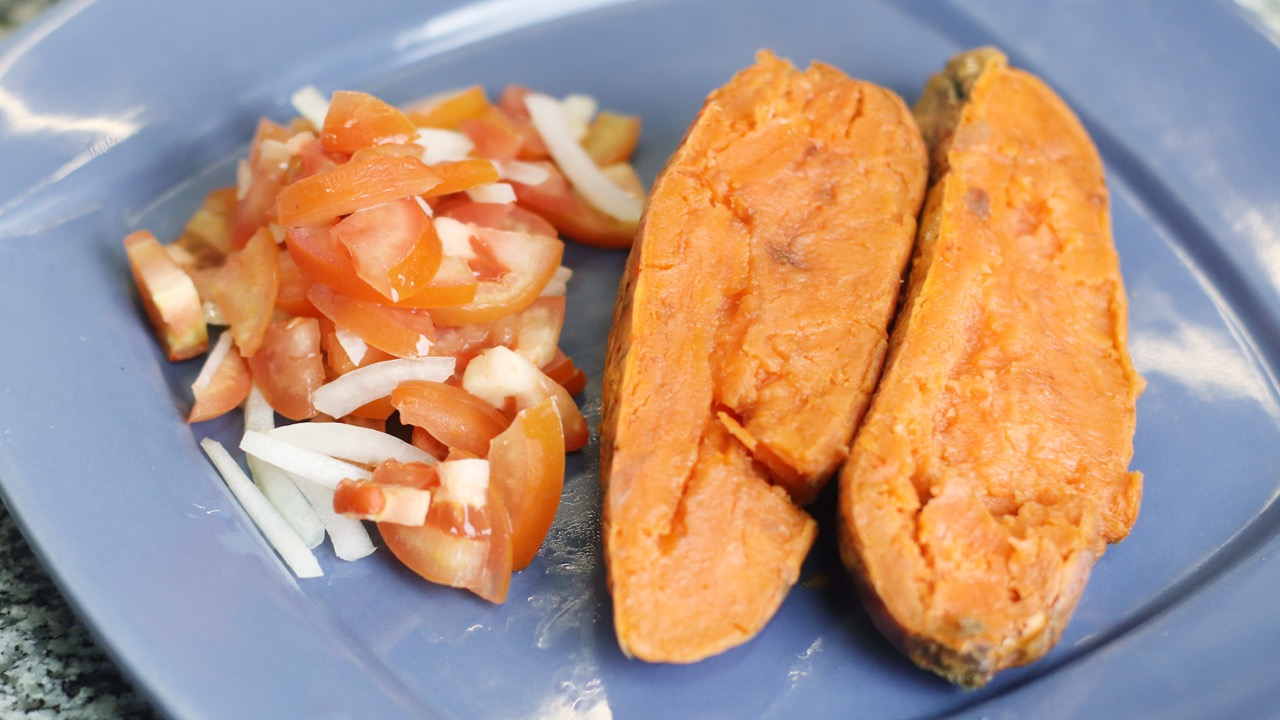


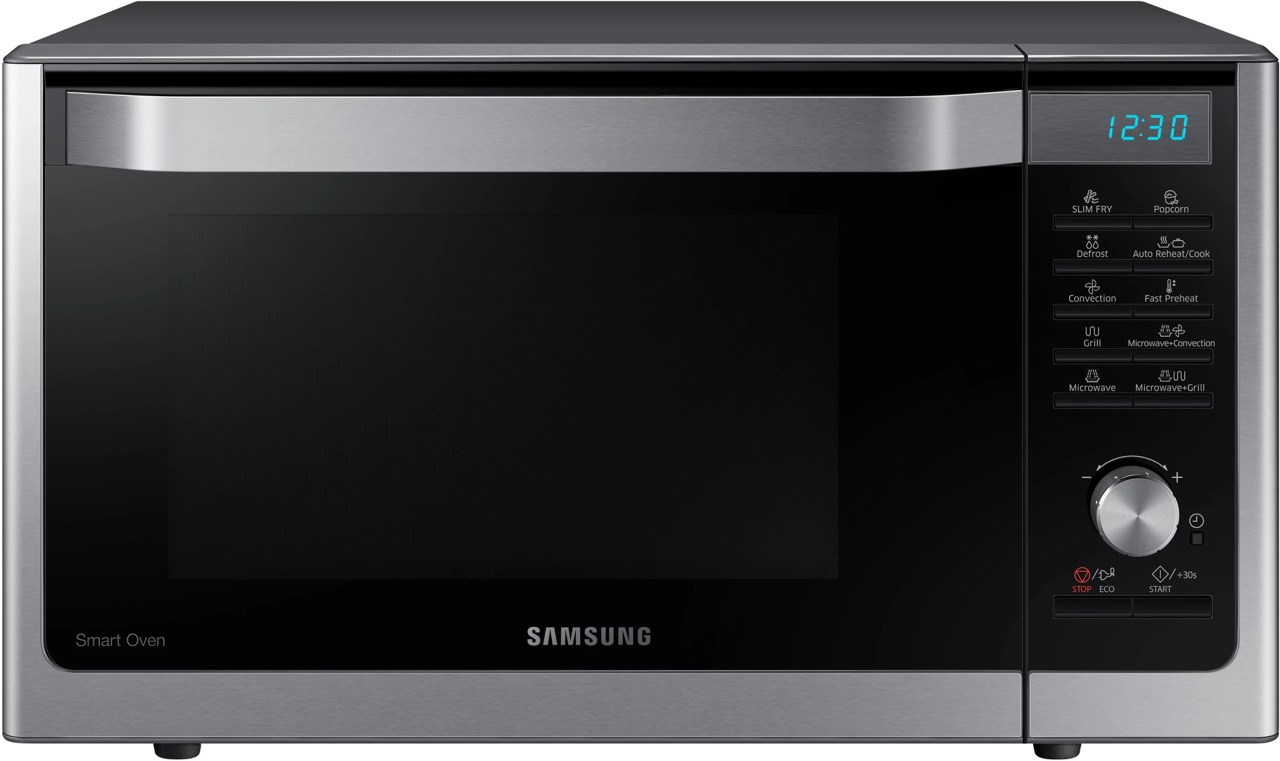
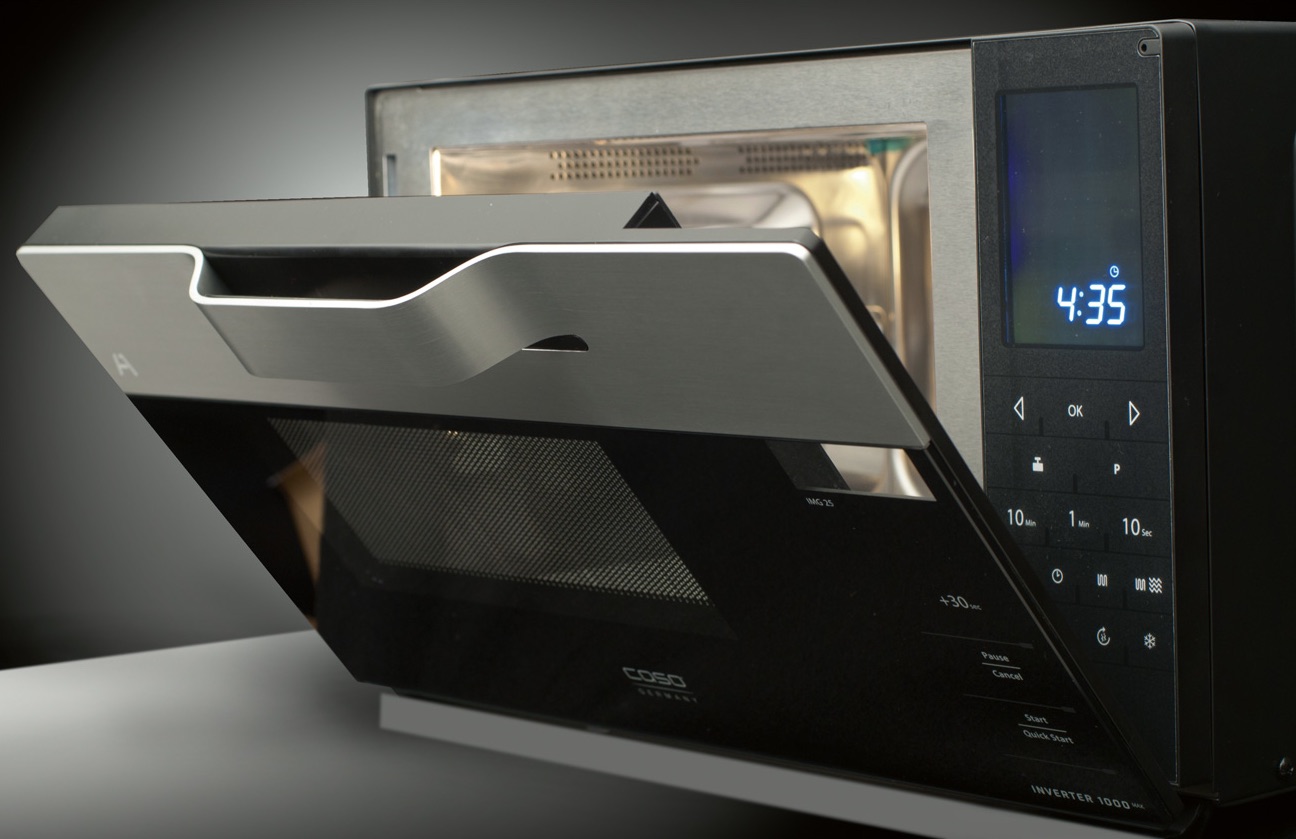

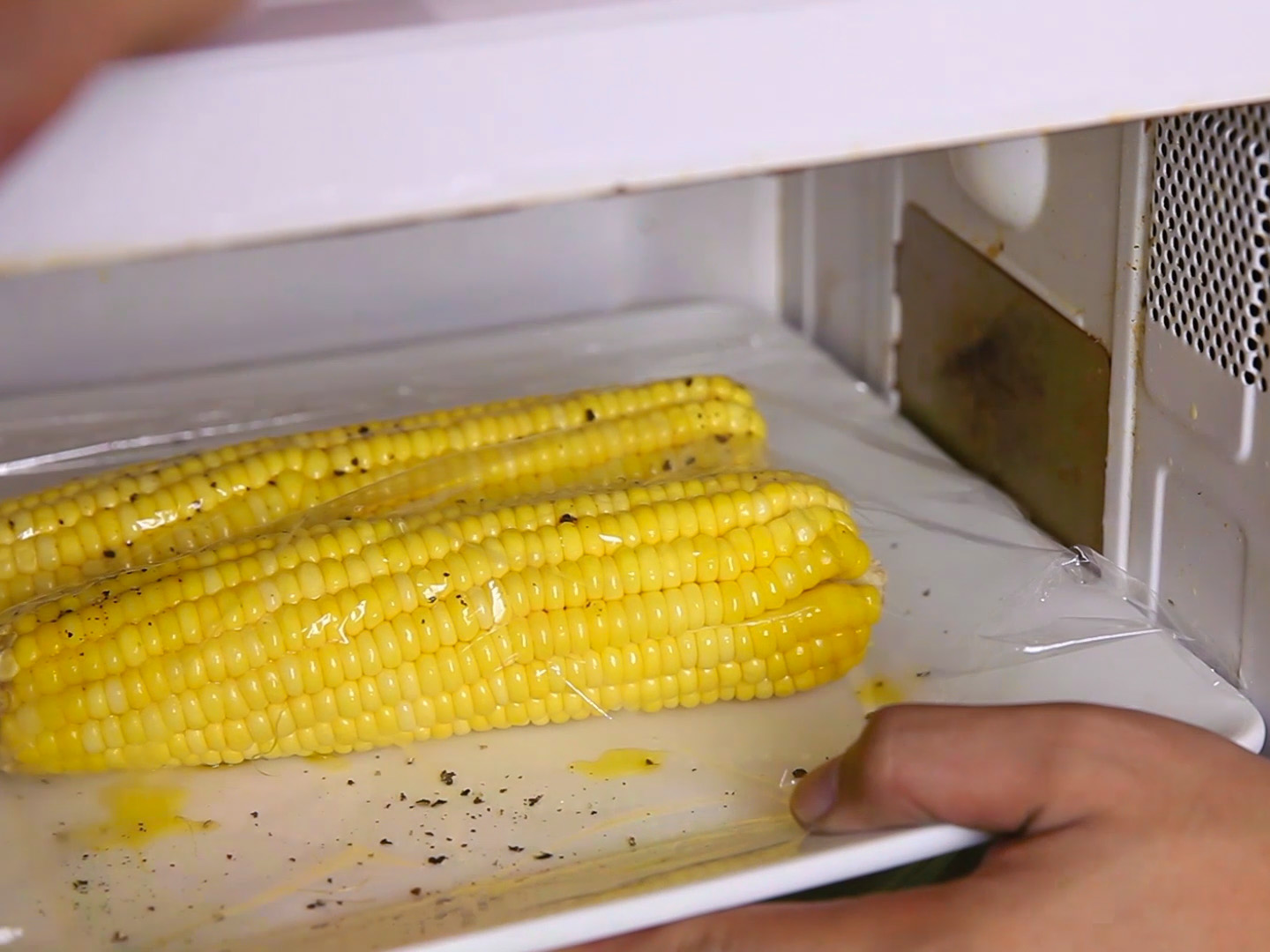
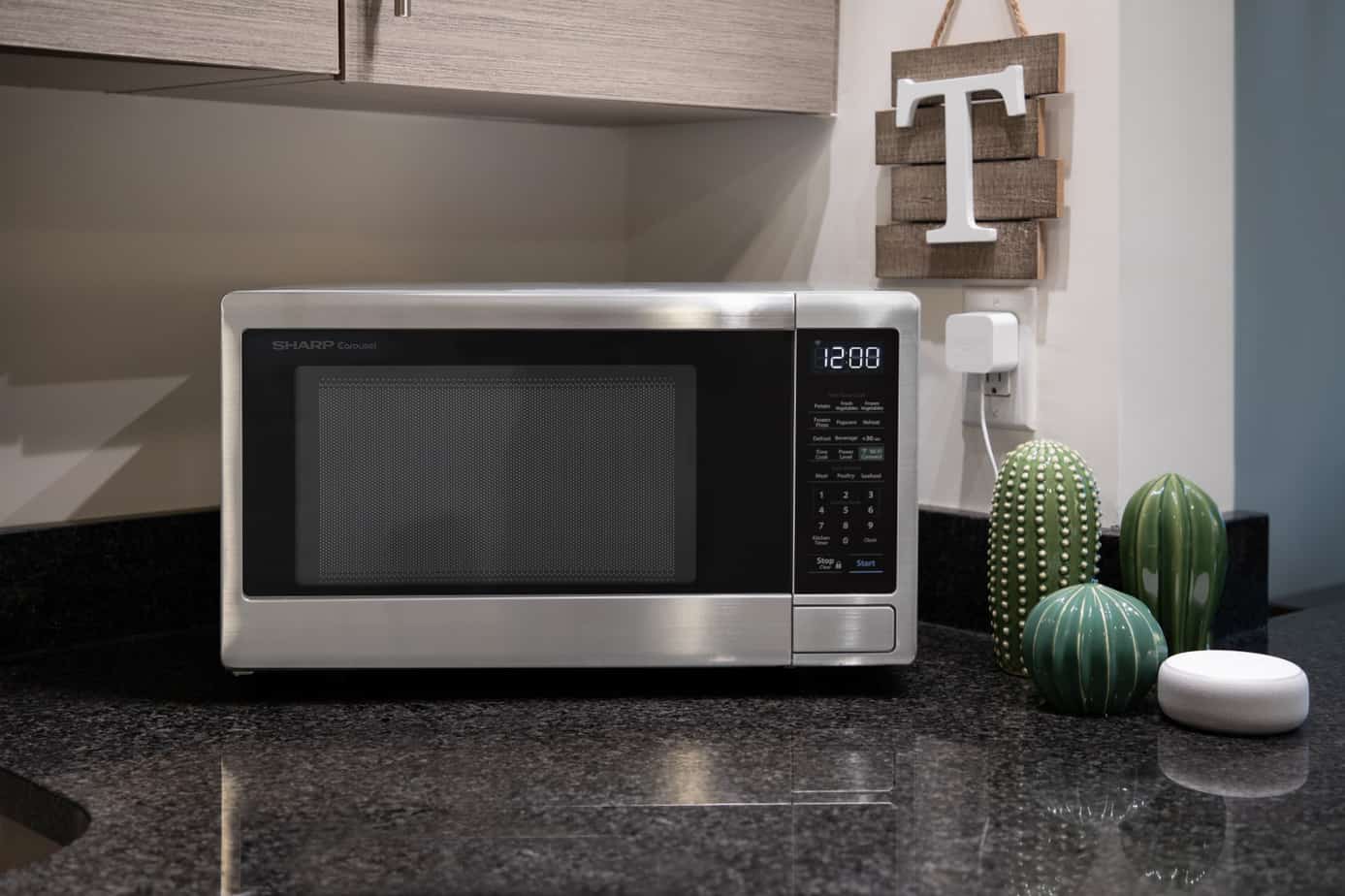

0 thoughts on “How To Cook Eggs In The Microwave Oven”